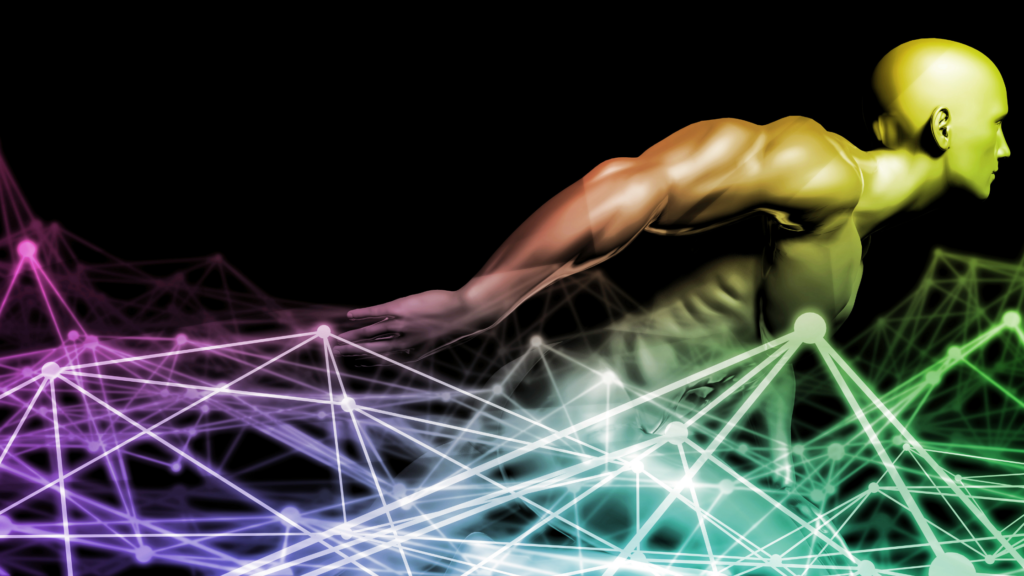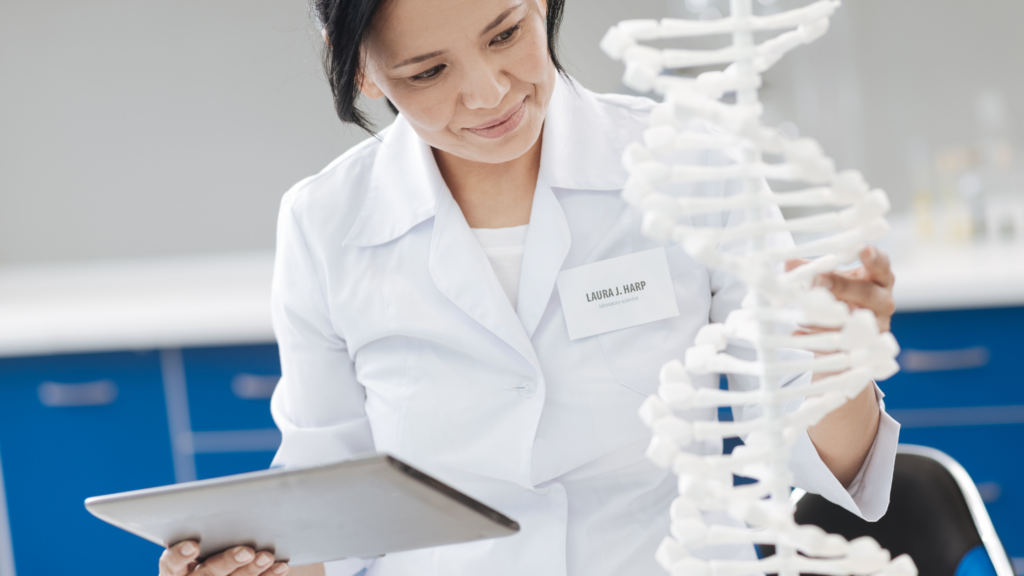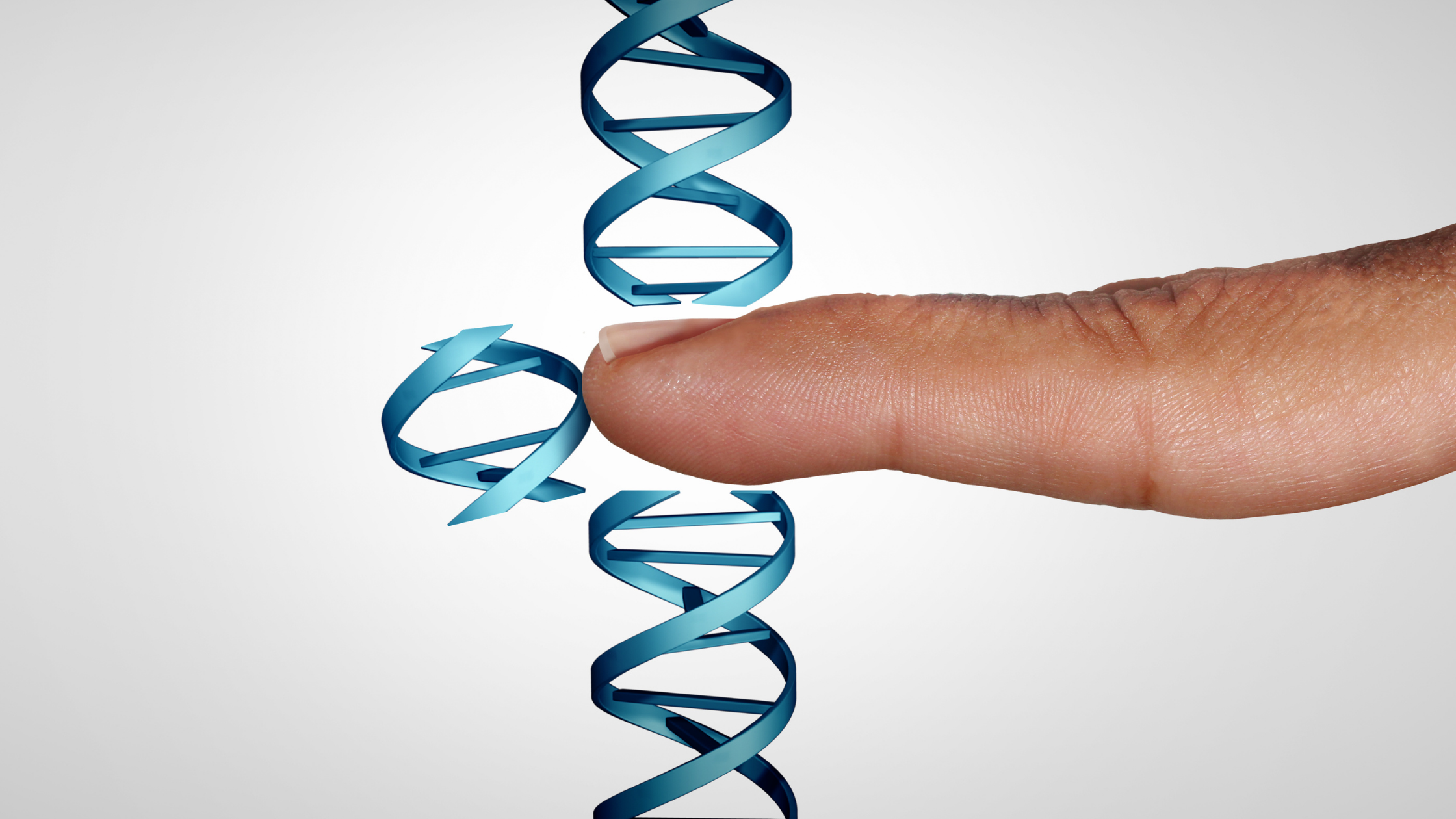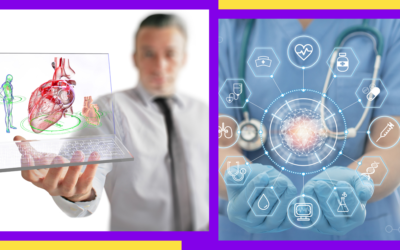Jurassic Park was the first film I remember bringing to life what genetic engineering was. Before the movie came out, not as many people knew about the idea of cloning. And, based on what happened to the park, messing with genes seemed like bad business.
Fast forward several decades, and the equipment needed to alter genes is available online. For less than $200, people can order kits to perform genetic engineering. There are those who would call this biohacking – a term that does not have one simple definition.
Some people define biohacking as optimizing the human body using diet, mediation, and technology. But watch one episode of the Netflix show Unnatural Selection and you will get a crash course in how genetic engineering takes biohacking to another level.
The overall idea behind biohacking is finding ways to alter living creatures, including our own bodies, to change how they perform. It is a broad concept, and the biohacking field grows larger each year.
It is an idea worth keeping in eye on for innovations in digital health and biotechnology.

What is ‘biohacking’?
Also called ‘DIY biology,’ the word ‘biohacking’ covers a wide range of things.
There are people who call themselves ‘biohackers’ who experiment on their own bodies to improve physical and mental performance. On one end of the spectrum, these experiments include following special diets, like ketogenic, paleo, and carnivore (plant-free) diets, as well as intermittent fasting.
There are also experiments that seem more like a day at the spa and include things like meditation, yoga, mindfulness, and unplugging from digital devices. If you ever heard of the ‘Ice Man,’ Wim Hoff, some people have tried his breathing and cold therapy methods as a form of biohacking.
But, on the other end, there are experiments to alter the human body.

A group of biohackers called ‘grinders’ try things like implanting RFID tags in their bodies so they can open doors without a key. There is also overlap between genetic engineering and biohacking where people are looking for ways to optimize brain and body performance by altering their DNA.
Altering genes to correct a disease or impaired body function feels different from changing your DNA to become super human. The natural question is why anyone would want to go that far.

Why do it?
Implanting an item in your body to open a door may seem like a lot to go through for a neat party trick. But it embraces the idea of blending humans with machines. The ‘transhumanist movement’ believes that humans should use technology to evolve. The idea is to not accept the body’s limitations and go beyond what humans can do now.
Biohackers have many reasons for why they experiment on themselves. One reason is to feel better, especially for anyone with an illness. Another reason is to become the best version of oneself.
Some people believe they can expand their lifespan through biohacking. If you watch Unnatural Selection, you will see an example of a mouse with altered DNA that extends its lifespan by 30%. But this experiment was done in a lab by a qualified scientist.
It may take years before life-extending DNA treatments could be offered to a human. A big part of the process involves getting regulatory approval – something many biohackers do not have the patience for. The idea is to improve your body now.

If that makes you wonder if these biohacks are even safe, that is a great question without a great answer. Some of it depends on what type of biohacking you are talking about.

What do ‘biohacks’ look like?
Throughout the year there are conferences that show how people in this community group biohacking experiments. Part technology meetup, part new age health therapies, these conferences cover topics ranging from special diets and meditation to biotechnology and genetic engineering.
Biohacking diet and nutrition:
Nutrigenomics is an area of science that studies how nutrition and genes interact. Some biohackers try different diets to optimize body and brain performance.
There is research to support how diet and genes interact with certain disease. Cardiologists have been recommending diet changes to patients for decades. Now there is research showing the link between diet and a person’s genetics that makes them more likely to develop heart disease.
Nootropics, aka ‘smart drugs’, are brain enhancing substances. This sounds fancier than it is – caffeine is considered a ‘nootropic’ since it boosts memory and alertness.
In this category are other supplements you may have heard of like ginseng, gingko, and creatine. There are also a few prescription drugs that fall under ‘nootropics’, such as donepezil used to treat Alzheimer’s.
Biohacking transfusions and transplants:
Young blood transfusions – where an older person pays for transfusion of a young person’s blood to fight aging. Yep, this is a thing… a very expensive thing.
Each transfusion can go for up to $8,000. If you ever watched the show Silicon Valley, it makes sense only a billionaire could work this into his self-care routine. The FDA has warned people against doing this since it is potentially harmful and has no proven clinical benefit.

Fecal transplants – where stool is transferred from the bowels of a healthy person to the bowels of an unhealthy person. If you have not heard of this before, first know that there are valid medical reasons for doing this. Usually it to treat a type of infection typically found in older patients who have been on antibiotics for too long. The good gut bacteria died, and this treatment replaces them.
However, there are biohackers who have tried it to relieve other bowel disorders. That type of use is very experimental and not FDA approved. In fact, even for intended use there have been several cases of drug-resistant bacteria infection, and one person died after having a fecal transplant.
Biohacking implants and DNA:
The group of biohackers called ‘Grinders’ do a lot of experiments with implanting things that can enhance the body’s abilities. Biomagnets – magnets implanted under the skin, often under the fingertips, allow people to ‘feel’ electromagnetic fields (and do cool tricks picking up metal objects).
Another popular implant is RFID tags. These are the same RFID tags you might have in your car key or employee badge that lets you hold it up to a reader and go. People are having RFID tags implanted in their hands for the same purposes, but also to not have to carry items like keys and badges with them.
There are biohackers experimenting with editing their own DNA using CRISPR – a technology that edits genes. There are DIY kits you can purchase online that use CRISPR technology. The main issue is this technology is new and not fully understood. These experiments could end up altering genes in unintended ways, and make people more susceptible to diseases like cancer.

Are there benefits to biohacking?
There are many who look to biohackers as being earliest adopters of future trends. Some day we may all get RFID tag implants that contain our passwords and start our cars.
But hearing about ‘biohacking’ as optimizing yourself like a machine sounds a bit…well…selfish.
There are people who are not interested in biohacking for self-experimentation. Instead they want to make science accessible for everyone, solve problems, or make art. Genspace is a biotechnology lab in Brooklyn, New York, that is open to the public. They offer biology classes for adults, learning opportunities for high school and college students, and access to a biolab so visitors can work on their own projects.
Genspace’s classes cover topics like bioplastics – plastics made from plants that biodegrade easily and do not harm the planet. They see biohacking as making experiments with the natural world more accessible, and they use gene editing technology on non-harmful organisms like yeast.
One of Genspace’s founders is Dr. Ellen Jorgensen, Ph.D. She is also a board member of the nonprofit Biotech Without Borders. The mission of Biotech Without Borders is to use biotechnology “for useful and peaceful purposes in order to benefit humankind and the planet.”
Similar to Genspace, they have programs for high school and college students, teachers, entrepreneurs, and hobbyists. Class topics range from Python programming, to using DNA barcoding to find out what organisms live in the Baltimore Harbor. They even have pizza and beer nights where you can test your own DNA.
Biotech Without Borders wants to help people get hands-on experience with biotechnology as it becomes more accessible and less expensive. They also offer low cost access to a biolab, low cost materials, and science talks. So, while it may sound scary that gene editing technology is inexpensive and easily available, there are groups that see it as a chance to teach.

Who knows? Maybe a regular person in a community lab will discover the solution to some of the world’s biggest problems like climate change.

What are the risks of biohacking?
The biggest risk is that biohacking sits in legal gray area. Many of the experiments on the human body (even if it is your own) are not FDA approved. The experiments are also not illegal.
While some people, like Dr. Jorgensen, have created a code of ethics, the fact is that these technologies are accessible and inexpensive, making them hard to regulate and control. There are many open questions that have not been answered.
Will biohacks that help people live longer or give people what seem like super powers be available to everyone? Or will they only increase inequality? If you do not want to biohack, will you be at a disadvantage at some point?
And there is the biggest open question of them all: Is biohacking safe?
Depending on whether you see intermittent fasting, nutritional supplements, and meditation as biohacking, it can be safe. Even getting certain implants can be safe if done by medical professionals.
But the safety and long term effects of altering genes is not yet fully understood. There could be impacts bigger than cloned dinosaurs taking over an amusement park.

Key Takeaways:
‘Biohacking’ – aka ‘DIY biology’ – involves altering living creatures, including our own bodies, to change how they perform. Many see it as not accepting the body’s limitations and what humans can do now. The goal may be to overcome an illness or disability, or to become the best version of oneself.
The term ‘biohacking’ covers many different activities, including:
Diet and nutrition – Changing diet and taking supplements to optimize brain and body performance.
Transfusions and transplants – Experiments that use body materials from one person (blood, stool) to improve the health of another person.
Implants and DNA – Implanting items like RFID tags and and LED lights to blend humans with machines. Some would push the boundary into gene editing experiments.
There are groups who see biohacking as making experiments with the natural world more accessible, and do not want to use this technology to optimize humans. Groups like Genspace and Biotech Without Borders offer classes to the public and space for people to get hands-on experience with this technology using things like yeast.
There are many who look to biohackers as holding the key to where humans will go in the future. Hopefully the open questions get answered responsibly along the way.






Wow! What a cool subject to research about. I am very interested in genetics and this was very informational and interesting as well. The implanting of led lights and tags reminded me of a fashion week exhibit called A.Human where models and manikins wore accessories and jewelry made from human skin and it goes under the human skin to appear as an accessory. The link to an article about it is here: https://www.glamour.com/story/a-human-brand-kim-kardashian-chrissy-teigen-body-modifications. It makes sense that some people do not further want to experiment worth biohacking but I personally think that it is a very interesting subject to research especially the transfusion and transplant because it would really advance our healthcare system. Once again, this was a very interesting article and I now look forward to further researching this topic.
Thank you for sharing that article! What an interesting concept, and it definitely makes me wonder how they got celebrities to do body modifications (if they did…or maybe it was illusion). Yes, this is a very interesting space to watch if you are interested in genetics!
This was such an interesting read! I am currently taking college biology and we are talking about genetics and mutations and that helped me picture what biohacking might look like. This sort of reminded me of the movie “I am Legend” with Will Smith. I’m sure you have watched it because it is a very famous movie but in case you haven’t here is a link to an article written about the movie. https://www.bethinking.org/culture/i-am-legend This movie also kind of reminds me in the time we’ve lived in the past
year, covid.
Thanks for commenting, Cei’j! Yes, if you are studying genetics and mutations, this is definitely an area to keep an eye on. With CRISPR technology available online, there is a lot more that can be done outside of labs. That can be scary or exciting depending on how you look at it.
This was an incredibly interesting article! I have always been interested in biology and how to improve ones life. Its crazy how these so called “biohackers” improve themselves through many different methods. Whether the method is as simple as diet, or as complicated as manipulating the DNA code itself and implementing RFID tags. I believe it would be incredibly interesting to work in as a “biohacker”, and attempt to improve human life itself, and trying to become the best version of myself.
It is so interesting information. It is still controversial at some point, but the process of implanting and DNA is so interesting. I think we have done a pretty long time to make a better breed of plants and animals. I think it is related to gene cloning and reproductive cloning in my cell biology class. Like remove the nucleus from an egg and add the donor cell which is the process of reproductive cloning through nuclear transplantation. If we implant DNA into humans, it would be so helpful for genetic diseases such as cancer.
It is so trippy to think about human augments to make life easier. Imagine a future where your cellphone is just embedded in your forearm and you can’t lose it. On the flip side, I feel like if we were to start implementing RFID chips into our bodies some company would privatize that market and put trackers into the augments they would put into humans. CRISPR is really the subject that has caught my eye. That we can essentially eradicate any disease and push fast forward on evolution, or rather force evolution upon ourselves. I think that forcing evolution will have an interesting outcome for us. It might be our greatest triumph or it might be our downfall.
Thanks for commenting, Tristan! And I agree – the possibilities biohacking presents will open new doors, both good and bad.